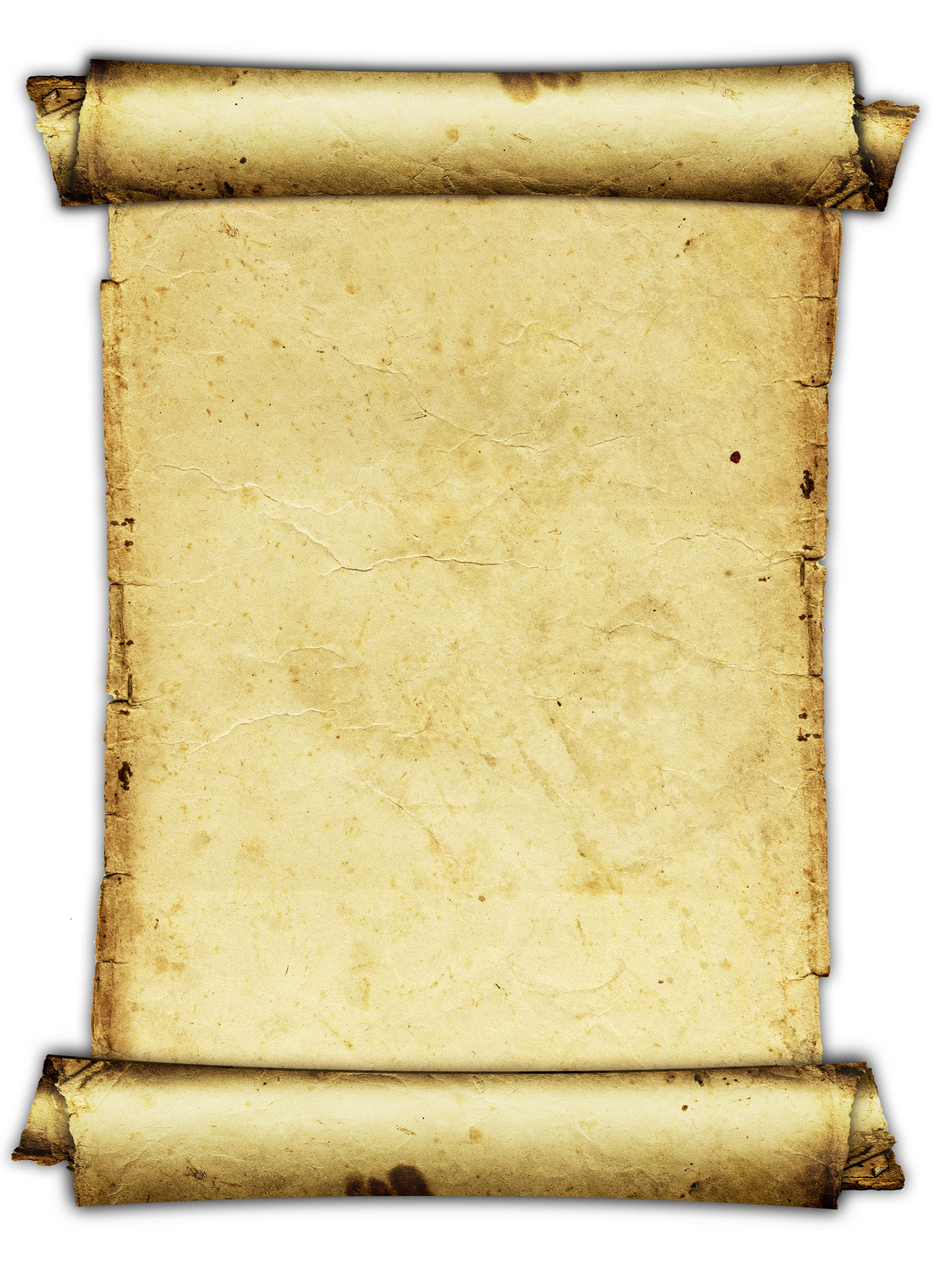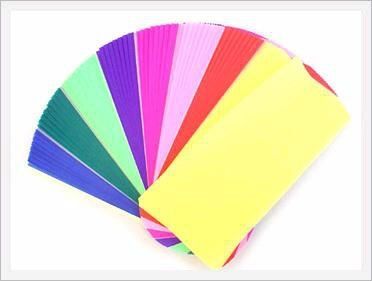
The history of parchment is inseparable from the written word, once it had descended from clay tablets. It is for these reasons that many modern conservators, librarians and archivists prefer to use either the broader term parchment, or the neutral term animal membrane.
PARCHMENT PAPER SKIN
To-day the distinction, among collectors of manuscripts, is that vellum is a highly refined form of skin, parchment a cruder form, usually thick, harsh, less highly polished than vellum, but with no distinction between skin of calf, or sheep, or of goat. 1599–1602) the following exchange occurs: In 1519, William Horman wrote in his Vulgaria: "That stouffe that we wrytte upon, and is made of beestis skynnes, is somtyme called parchement, somtyme velem, somtyme abortyve, somtyme membraan." In Shakespeare's Hamlet (written c. In practice, therefore, there has long been considerable blurring of the boundaries between the different terms. However, when old books and documents are encountered it may be difficult, without scientific analysis, to determine the precise animal origin of a skin, either in terms of its species or in terms of the animal's age. Some authorities have sought to observe these distinctions strictly: for example, lexicographer Samuel Johnson in 1755, and master calligrapher Edward Johnston in 1906. The equivalent material made from calfskin, which was of finer quality, was known as vellum (from the Old French velin or vellin, and ultimately from the Latin vitulus, meaning a calf) while the finest of all was uterine vellum, taken from a calf foetus or stillborn calf.

The term originally referred only to the skin of sheep and, occasionally, goats. Today the term parchment is often used in non-technical contexts to refer to any animal skin, particularly goat, sheep or cow, that has been scraped or dried under tension. Animal skins are more labor intensive to process manually than plant based papyrus (and were therefore probably more expensive) but, as well as better availability parchment probably also had several practical advantages over papyrus such as having having a smoother writing surface and would have been more durable if reasonably conserved would have better resistance to occasional mishandling Parchment and vellum It may be called animal membrane by libraries and museums that wish to avoid distinguishing between parchment and the more-restricted term vellum (see below).įrom the Koinē Greek city name Pergamum in Anatolia where parchment supposedly first was developed around the second century BCE probably as a substitute for papyrus which was then becoming less easily available. Vellum is a finer quality parchment made from the skins of young animals such as lambs and young calves. It has been used as a writing medium for over two millennia. And, unlike foil, parchment is porous, so when made into a packet it allows some steam to escape, which can be beneficial if you want to avoid your dish getting soggy.Parchment is a writing material made from specially prepared untanned skins of animals-primarily sheep, calves, and goats.

Parchment is recommended for use up to 420 to 450 degrees F, hotter than that and the paper will start to brown and crisp, so it’s not the best choice to use under the broiler. When it comes to cookies and other doughs, the slight texture of the parchment paper helps reduce spread, as it gives something for the dough to stick to and also slightly absorbs excess fat, helping crisp the edges of baked goods.
PARCHMENT PAPER PROFESSIONAL
Lining cake pans with parchment is the gold standard with professional bakers - in addition to baking evenly, it reduces the amount of crumbs (helpful when frosting), and makes removing the cake from the pan easier.

When baked with parchment paper, they will come out more consistent and even. This is especially beneficial for baked goods, including cookies, cakes and breads. Parchment’s strength is that it helps bake evenly by creating a thin layer of air between the baking sheet and the paper, which helps insulate, regulate temperature and neutralize hot spots.


 0 kommentar(er)
0 kommentar(er)
